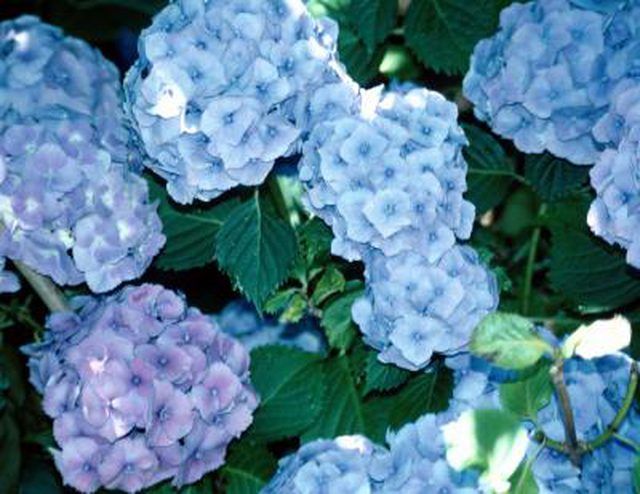Bulbs
Flower Basics
Flower Beds & Specialty Gardens
Flower Garden
Garden Furniture
Garden Gnomes
Garden Seeds
Garden Sheds
Garden Statues
Garden Tools & Supplies
Gardening Basics
Green & Organic
Groundcovers & Vines
Growing Annuals
Growing Basil
Growing Beans
Growing Berries
Growing Blueberries
Growing Cactus
Growing Corn
Growing Cotton
Growing Edibles
Growing Flowers
Growing Garlic
Growing Grapes
Growing Grass
Growing Herbs
Growing Jasmine
Growing Mint
Growing Mushrooms
Orchids
Growing Peanuts
Growing Perennials
Growing Plants
Growing Rosemary
Growing Roses
Growing Strawberries
Growing Sunflowers
Growing Thyme
Growing Tomatoes
Growing Tulips
Growing Vegetables
Herb Basics
Herb Garden
Indoor Growing
Landscaping Basics
Landscaping Patios
Landscaping Plants
Landscaping Shrubs
Landscaping Trees
Landscaping Walks & Pathways
Lawn Basics
Lawn Maintenance
Lawn Mowers
Lawn Ornaments
Lawn Planting
Lawn Tools
Outdoor Growing
Overall Landscape Planning
Pests, Weeds & Problems
Plant Basics
Rock Garden
Rose Garden
Shrubs
Soil
Specialty Gardens
Trees
Vegetable Garden
Yard Maintenance
How to Kill Cercospora in the Hydrangea
How to Kill Cercospora in the Hydrangea. Solid green leaves, many flowers and full foliage on hydrangea shrubs are indicators of plant vigor. A fungal pathogen, Cercospora hydrangeae, is the causal agent for the disease called Cercospora leaf spot. This disease causes unsightly spots on hydrangea leaves and contributes to the defoliation of plants....

Solid green leaves, many flowers and full foliage on hydrangea shrubs are indicators of plant vigor. A fungal pathogen, Cercospora hydrangeae, is the causal agent for the disease called Cercospora leaf spot. This disease causes unsightly spots on hydrangea leaves and contributes to the defoliation of plants. Although Cercospora rarely kills its target plant, its effects are aesthetically undesirable, while sometimes reducing plant vigor and hindering flowers bud formation. Fortunately, gardeners can employ a few simple techniques to kill Cercospora and prevent future infections.
Things You'll Need
Magnifying glass
Plastic sandwich bag
Rake
Plastic trash bag
Trash receptacle
Pinestraw or pine bark mulch
Registered & approved fungicide for Cercospora hydrangeae
Latex gloves
Proper Identification of Cercospora
Inspect leaves of hydrangea shrub with a magnifying glass. Cercospora manifests itself by spots on older leaves at the base of plants. As the fungus grows and spreads, upper leaves are also affected.
Identify your species of hydrangea. On bigleaf hydrangeas, Cercospora presents spots that have tan centers and purplish borders, creating a halo effect. On oakleaf hydrangeas, Cercospora presents angular spots that are brown or purple.
Remove a leaf from the infected shrub if you're unsure of proper identification. Place it in a plastic sandwich bag, and take it to your local Cooperative Extension office for professional identification.
Removal of Fallen Leaves
Rake all fallen leaves under hydrangea shrubs. Cercospora fungus remains on fallen leaves at the base of plants. Rainfall and overhead irrigation cause fungal spores to splash from fallen leaves onto lower leaves of shrubs, perpetuating the spread of disease.
Fill plastic lawn bags with diseased leaves, and then discard the leaves in trash receptacles. Do not compost leaves for future use in your garden. Fungal pathogens can reside in compost and will perpetuate the life cycle of Cercospora when compost is spread around plants.
Spread a 2- to 3-inch layer of new mulch under hydrangeas. Mulch will act as a shock absorber to reduce splashback of water onto leaves. Pine needles and finely shredded pine bark are good choices for hydrangea mulch.
Chemical Treatment
Purchase registered fungicides approved for killing cercospora. Captan, copper compounds, chlorothalonil, mancozeb, maneb, myclobutanil, propiconazole and thiophanate-methyl are approved agents. Brand names vary, so look for these chemical compounds on labels.
Apply chemicals at the first sight of symptoms on lower leaves. Repeat applications are required to eradicate severe infestations. Be sure to follow all label directions to determine necessity of, strengths for and frequency of repeat applications.
Use contact sprays early in the morning before honeybee activity begins and on non-windy days. Protect hands by wearing gloves. Store fungicides in areas where spills can be contained.
Tips & Warnings
Installing drip irrigation or soaker hoses to irrigate hydrangeas is preferable to using overhead irrigation systems. Sprinklers maintain an environment that is conducive to the reproduction and growth of Cercospora.